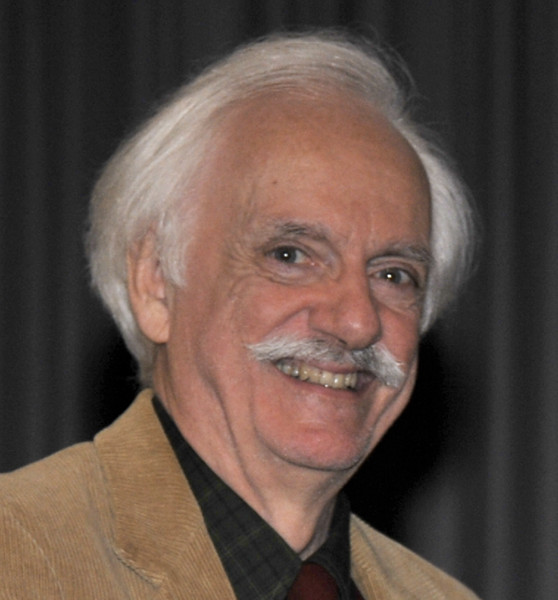
|
|
|
Distinguished LectureDistinguished lecture: "Prediction of sound scattering from an immersed elastic object using in-air laboratory measurements" by: Dr. Earl G. Williams Naval Research Laboratory, Acoustics Division, Code 7106, 4555Overlook Ave., Washington DC, 20375, earl.williams@nrl.navy.mil
Dr. Williams has been working in structural acoustics, radiation and scattering at the Naval Research Laboratory since 1982. Appointed to the Senior Technologist position of Senior Scientist in 2002, he is dedicated to promoting and executing basic research through NRL, national and international collaborations. He is an internationally recognized scientist whose pioneering research in near-field acoustical holography has impacted acoustics research and development throughout the world. Since 2004 he has been doing basic research in electromagnetics and has developed the theory for Near-field Electromagnetic holography useful in the diagnosis of underwater EM radiation from ships. He has an extensive list of publications in major journals and has received numerous publication awards. Dr. Williams is a fellow of the Acoustical Society of America and has worked over 16 years as an associate editor for its journal. In 1999 Academic Press published his very popular book, “Fourier Acoustics: Sound Radiation and Nearfield Acoustical Holography”. A Japanese translation was published in 2005 by Springer and a Chinese translation in 2016 by Elsevier. In 2009 he was awarded the Per Bruel Gold Medal from the ASME ”in recognition of eminent achievement and extraordinary merit in the field of noise control and acoustics”. In 2016 he received the Trent-Crede Silver medal from the Acoustical Society of America “for development and application of near-field acoustical holography”.
Title: Prediction of sound scattering from an immersed elastic object using in-air laboratory measurements Abstract: With many coastlines contaminated with subsea buried unexploded ordinance, methods for detection using low frequency sonar are greatly needed. The elastic behavior of these objects that is imprinted on the scattered sonar field, is an important clue to their identification and classification, especially if bistatic signatures are known. Obtaining the latter, however, is quite difficult and expensive whether from measurements in underwater tank facilities or in situ. We show how one can use much simpler in-air measurements to arrive at the bistatic signature for any immersed elastic body. The technique relies on a measurement of the structural admittance matrix (the structural Green’s function) of the object in an acoustically untreated in-air laboratory. When combined with surface impedances which simulate behavior in fluid/sand and are computed easily with ESM, the full bistatic signature is found for any incident field. The laboratory measurement consists of acoustic sources and a dual conformal microphone array using a large number of MEMS microphones surrounding the object, using field separation techniques and NAH to determine the surface fields that lead, through a regularized matrix inversion, to the structural admittance matrix. We will present the methodology in detail and demonstrate, with an experiment on an elastic sphere, the construction of the full bistatic far field signature unveiling the accompanying physics. Work supported by the Office of Naval Research. |
| Online user: 1 | RSS Feed |

|

